Why Training Variation Matters
Training variety is essential for achieving long-term fitness success and overall physical health. By incorporating different exercises, equipment, and intensities into your routine, you challenge your body in new ways, preventing plateaus and promoting continuous improvement. Training variety ensures balanced development by targeting neglected muscle groups and enhancing strength, endurance, and flexibility. It also reduces the risk of overuse injuries by distributing stress across different movements.
Beyond the physical benefits, variety keeps workouts engaging, preventing boredom and maintaining motivation. Trying new movements, such as functional training, cardio intervals, or resistance-based exercises, promotes adaptability and prepares your body for diverse physical demands in daily life and sports. Whether you're a beginner or an advanced athlete, incorporating variety into your fitness journey helps ensure consistent progress, improved performance, and a well-rounded physique.
Lower-Body Workouts
Standing vs Sitting Hip Thrust

Standing and sitting hip abduction exercises target the glutes and hip muscles but differ in their mechanics and benefits. Standing hip abductions engage more stabilizing muscles, improving balance and functional strength, making them ideal for athletic performance and real-life movement. Sitting hip abductions, often done with machines, isolate the glutes and outer thighs, providing controlled resistance for targeted muscle activation. Incorporating both variations ensures a well-rounded approach to building hip strength and stability.
Weighted Lunges

Weighted lunges are one of the most effective yet frequently overlooked exercises in strength training. Many gym-goers neglect them in favor of simpler, machine-based movements or more familiar lifts like squats and leg presses.
However, weighted lunges offer unique benefits that make them a crucial addition to any routine.
Lunges target multiple lower-body muscles, including the glutes, quads, hamstrings, and calves, while also engaging the core for stability. The unilateral nature of the exercise helps correct muscle imbalances between legs, improving overall strength and reducing the risk of injury. Weighted lunges also enhance functional fitness by mimicking real-life movements, such as walking, climbing stairs, or lifting objects. Despite their importance, lunges are often avoided due to their difficulty, balance requirements, and the discomfort of engaging in stabilizing muscles. However, incorporating weighted lunges into your training routine can lead to better lower-body strength, improved balance, and greater mobility, making them indispensable for long-term fitness success.
Calf and Tibialis Exercises:

Calf and tibialis exercises are often overlooked in fitness routines, despite their critical role in building a strong, functional lower body. The calves are responsible for plantarflexion, propelling movements like walking, running, and jumping, while the tibialis anterior controls dorsiflexion, stabilizing the foot and ankle during these actions.
Strengthening these muscles not only enhances performance in sports and daily activities but also improves balance and agility. Neglecting them can lead to imbalances, increasing the risk of injuries such as shin splints, Achilles strains, or ankle instability.
Incorporating targeted exercises for the calves and tibialis, such as calf raises, seated calf extensions and tibialis raises, ensures well-rounded development and injury prevention. These exercises also improve ankle mobility and support proper biomechanics. By adding focused lower-leg training to your routine, you can enhance performance, reduce injury risk, and build a solid foundation for a stronger lower body.
Fundamental Upper Body Exercises
Shoulder presses

The shoulder press is a fundamental exercise often overlooked by new gym-goers, who tend to focus on the chest or bicep-centric movements. However, it plays a critical role in building upper-body strength and balanced shoulder development. Targeting the deltoids, triceps, and upper chest, the shoulder press enhances functional strength for overhead movements and daily activities like lifting or reaching. It also engages the core and upper back, improving posture and overall stability. Neglecting this exercise can lead to imbalances and underdeveloped shoulders, limiting strength and performance. Incorporating shoulder presses into your routine ensures a solid foundation for upper-body strength and long-term progress.
T Bar Row

The T-Bar Row is a highly effective yet often underutilized exercise for building a strong, well-developed back. It targets the lats, traps, and rhomboids while engaging the biceps and core for stabilization. Unlike traditional rowing exercises, the T-Bar Row allows for a neutral grip, reducing strain on the wrists and shoulders and enabling heavier loads with proper form. This makes it an excellent choice for developing both strength and thickness in the back. By incorporating the T-Bar Row into your routine, you can break plateaus and add variety to your training for more balanced upper-body development.
Varying Grip During Exercise

Grip exercises are frequently overlooked in fitness routines, yet they play a vital role in building hand, wrist, and forearm strength. A strong grip enhances performance in key lifts like deadlifts, pull-ups, and rows, allowing for better control and heavier loads. Beyond the gym, grip strength supports functional tasks such as carrying, lifting, and manual work. Neglecting grip training can lead to imbalances, limiting progress and increasing the risk of injury in both fitness and daily activities. Incorporating grip exercises into your routine ensures improved endurance, better overall strength, and a more balanced approach to long-term fitness.
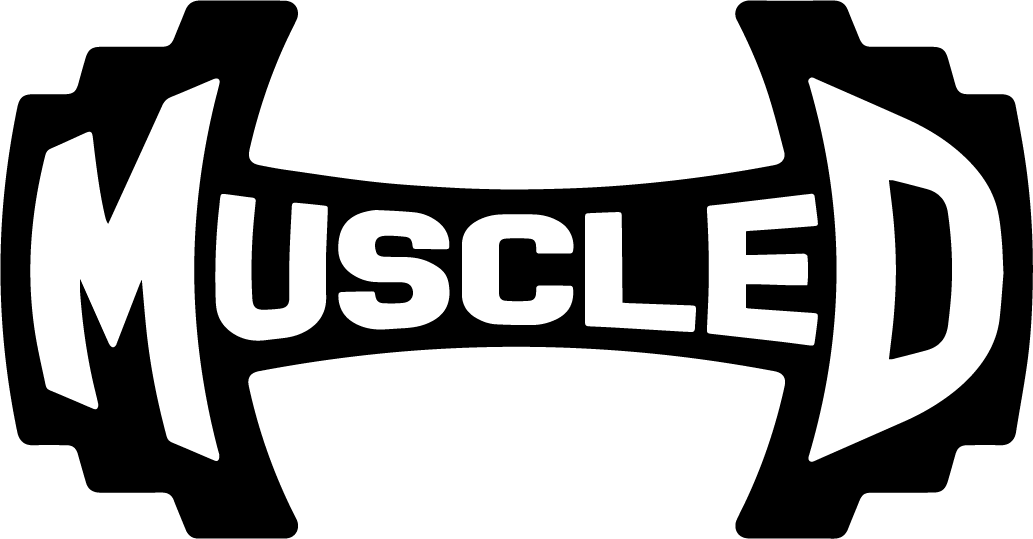
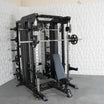




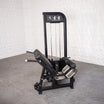

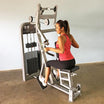
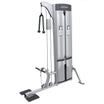


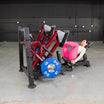

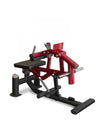
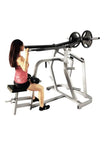

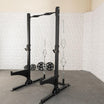

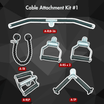






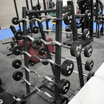
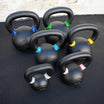

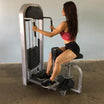
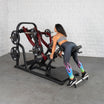
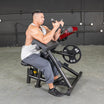
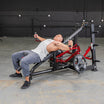

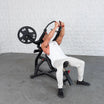

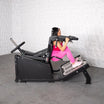

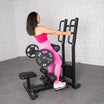
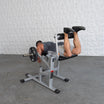
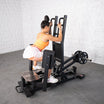
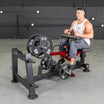
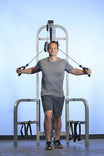


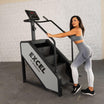

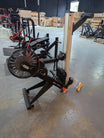

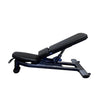

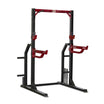
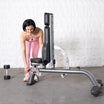

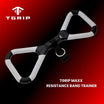
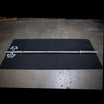
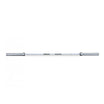
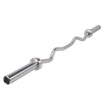

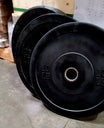

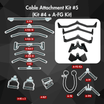


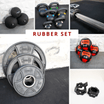
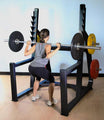
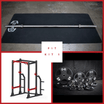
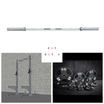



Leave a comment
This site is protected by hCaptcha and the hCaptcha Privacy Policy and Terms of Service apply.